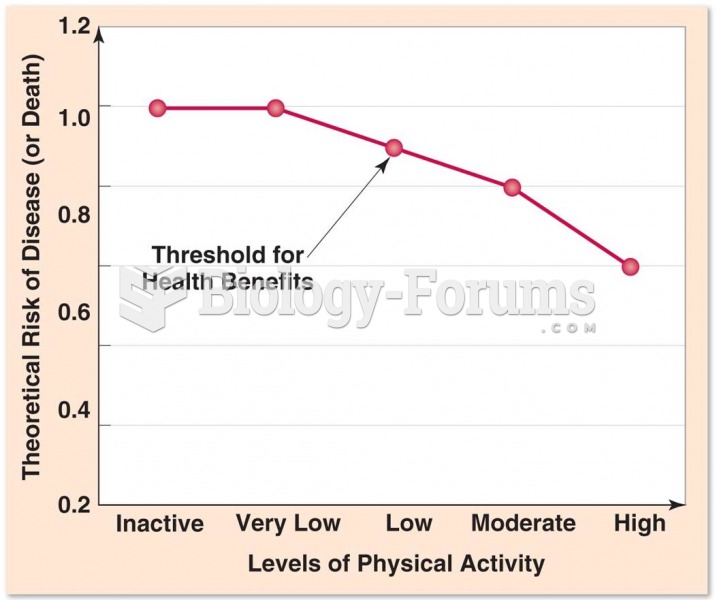|
|
|
Did you know?
The FDA recognizes 118 routes of administration.
Did you know?
Glaucoma is a leading cause of blindness. As of yet, there is no cure. Everyone is at risk, and there may be no warning signs. It is six to eight times more common in African Americans than in whites. The best and most effective way to detect glaucoma is to receive a dilated eye examination.
Did you know?
Asthma occurs in one in 11 children and in one in 12 adults. African Americans and Latinos have a higher risk for developing asthma than other groups.
Did you know?
Medication errors are three times higher among children and infants than with adults.
Did you know?
The human body produces and destroys 15 million blood cells every second.







